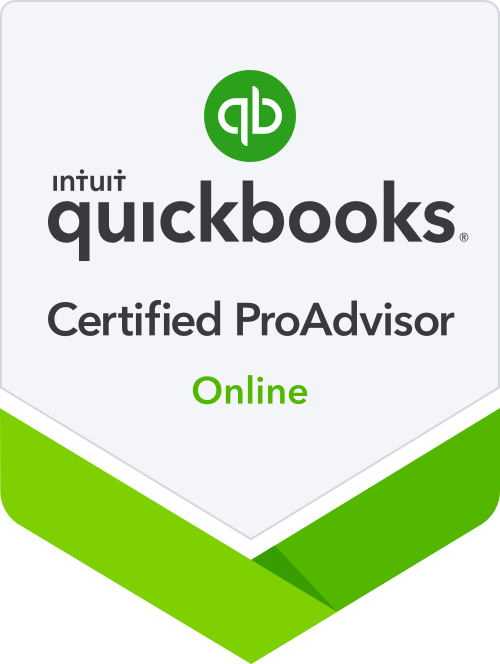
As you plan your business strategy for the coming year, give some attention to the prices you're asking for your existing products and services, as well as those you plan to launch in 2016.

Companies must address four issues when selling products and services to make a profit. They're commonly known as the four P's:
1. Product,
2. Placement,
3. Promotion, and
4. Price.
Of these, price is often the hardest for business owners to figure out. But it's a critical decision. While the other three P's drive your costs, price determines your revenues, which is the top line of your income statement.
Costing vs. Pricing
The cost of production is a logical starting point. After all, if your prices don't exceed costs over the long run, your business will fail. A simple way to look at this approach is to apply a desired "markup" percentage to your expected costs. For example, if it costs $1 to produce a widget and you want to achieve a 10% return, your selling price should be $1.10.
More than just direct materials and labor should be factored into the equation. You should consider all of the costs of producing, marketing and distributing your products, including overhead expenses. Some indirect costs, such as sales commissions and shipping, vary based on the number of units you sell. But most are fixed in the current accounting period, including rent, research and development, depreciation, insurance, and selling and administrative salaries.
Product costing refers to the process of spreading these variable and fixed costs over the units you expect to sell. The trick to getting this allocation right is to accurately predict demand.
Determining the number of units people will buy is generally easier when you're re-evaluating the prices of existing products that have a predictable sales history — or you're setting the price for a product that's similar to your existing products. Forecasting demand for a new product — especially if there's nothing like it in the marketplace — can be extremely challenging. But if you don't factor customer and market considerations into your pricing decisions, you could be missing out on money-making opportunities.
Market Research
Systematic pricing decisions require market research. You need to devise a strategy that considers what customers want and value — and how much money they're willing to spend. Then you need to evaluate how competitors price and position their offerings. General market conditions may be outside a company's control, but they also affect pricing strategies.
Examples of economical ways smaller businesses can research their customers and competitors include:
-
- Conducting informal focus groups with top customers,
-
- Sending online surveys to prospective, existing and defecting customers,
-
- Monitoring social media reviews, and
- Sending free trials in exchange for customer feedback.
It's also smart to investigate your competitors' pricing strategies using ethical means. For example, the owner of a restaurant might eat a meal at each of her local competitors to evaluate the menu, decor and service. Or a manufacturer might visit competitors' websites and purchase comparable products to evaluate quality, timeliness and customer service.
Pricing Strategies
Remember, low-cost pricing isn't the only way to compete — and it can be disastrous for small players in an industry dominated by large conglomerates. Your business can charge higher prices than competitors if customers think your products and services offer enhanced value.
Suppose you survey customers and discover that they associate your brand with high quality and superior features. If your target market is more image conscious than budget conscious, you can set a premium price to differentiate your offerings. You'll probably sell fewer units than your low-cost competitors but earn a higher margin on each unit sold. Premium prices also work for novel or exclusive products that are currently available from few competitors — or if customers are drawn to the reputation, unique skills or charisma that specific owners or employees possess.
Conversely, you may decide to set a low price, at least temporarily, to drive competitors out of the market and build market share — or to survive adverse market conditions. Being a low-cost leader enables your business to capture market share and possibly lower costs through economies of scale, but you'll earn a lower margin on each unit sold.
Similarly, you may discount some loss leader products to draw in buyers and establish brand loyalty in the hope that customers will subsequently buy complementary products and services at higher margins. You also may decide to offer discounts when seasonal demand is low or when you want to get rid of less popular models to lower inventory carrying costs.
If your company engages in one-to-one selling, such as a car dealership, management should compare pricing trends among salespeople, as well as changes in gross margins over time. In these types of sales environments, it's critical for salespeople to understand how to price products to different categories within your target market without losing money or tripping any legal minefields, such as discrimination claims.
Responsive Pricing
Every business strives to be customer-centric. But do your prices really reflect customer demand and market conditions? Price should never be a static number. It should evolve with your business. Whether you're pricing a new product for the first time or reviewing your existing pricing strategy, your financial and legal advisers can help ensure all the bases are covered.





